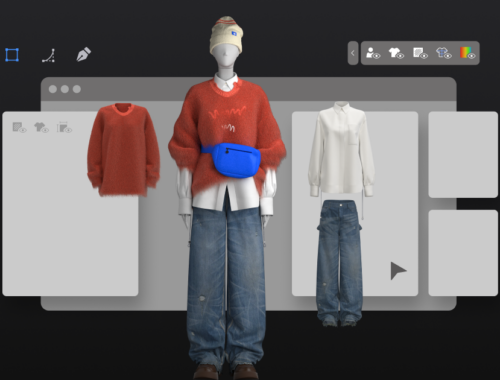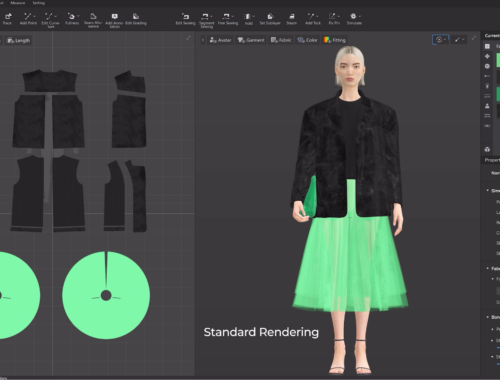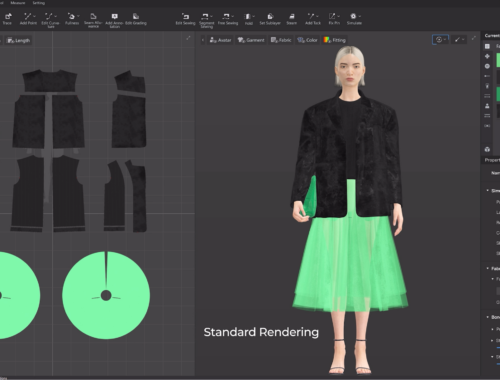Ahead of the Ironman world championships in Hawaii, Zipp has rolled out its latest incarnation of the humpback-whale-inspired aero wheels with the 858 NSW. The deep aero hoops fluctuate in rim depth from 77 to 88mm, and will come in clincher and disc-brake models in November for a whale of a price at $4,400 / £3,730.
Zipp has dropped eight new wheelsets and one of them isn’t 700c
Zipp changes the nature of aero with the 454 NSW wheel
Why are deep-section aero wheels faster?
Disc brakes: the pros and cons
In early 2016, the SRAM-owned company introduced a magnet-based (instead of spring-based) freehub with the Zipp 404 NSW wheels.
Then, at the end of 2016, Zipp debuted the humpback-whale-inspired shape with the Zipp 454 NSW.
The new Zipp 858 NSW has both the magnetic Cognition hub and the undulating, textured rim, but in a super-deep format targeted especially at triathletes.
With braking handled at the rotor, Zipp engineers have a broader aero canvas with which to work
Humpback-whale rims?
Aside from looking and sounding cool, the point of aero wheels is to reduce the drag caused by the bike and rider moving through the air. Deeper rims generally accomplish this compared to a box-section rim by smoothing airflow.
Taking a trick from golf balls, years ago Zipp added a dimpled texture on its rims to create a thin turbulent boundary layer that allowed the bulk of the air to flow past more smoothly. (Relatedly, Castelli had dimples on forward-facing portions of Team Sky skinsuits at this year’s Tour de France.)
So what do water-bound whales have to do with aerodynamics? Well, hydrodynamics and aerodynamics are both fluid dynamics, so many principles can apply across both. For example, you can feel drastic changes to drag by sticking your hand out the window of a car on the highway and changing its shape, and you can do the same thing with your hand in water when in a boat.
Click Here: liverpool mens jersey
In any event, Zipp engineers looked at how smoothly a humpback whale moved through the water, and decided to test some whale-inspired shapes on its rims in CFD.
Zipp concluded that this undulating shape allowed for higher-frequency wind vortex shedding. Instead of side pressure building up and then releasing in pulses (think wheel shudder in crosswinds), the NSW shape lets pressure quickly release more often, resulting in a more stable experience in addition to a faster one, Zipp claims.


